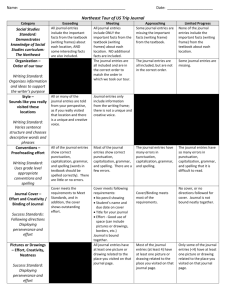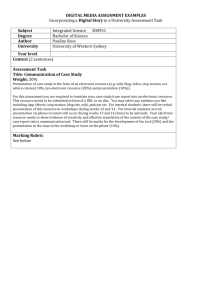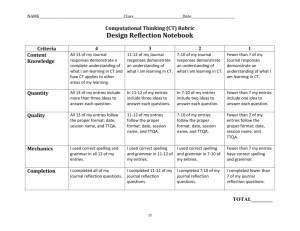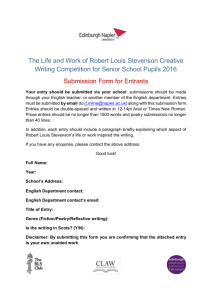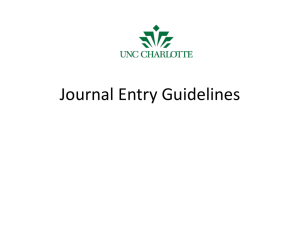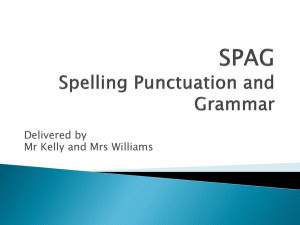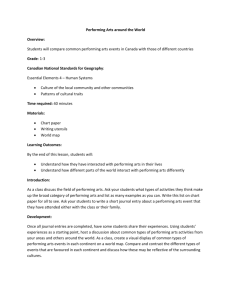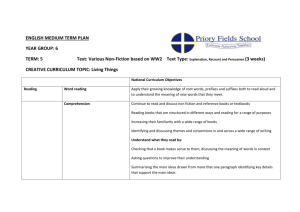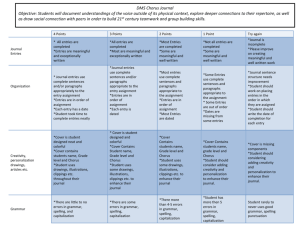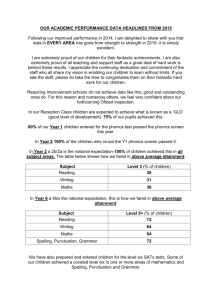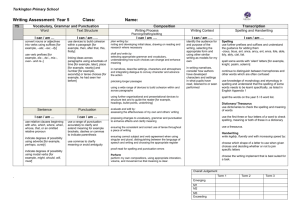Travel Journal
advertisement
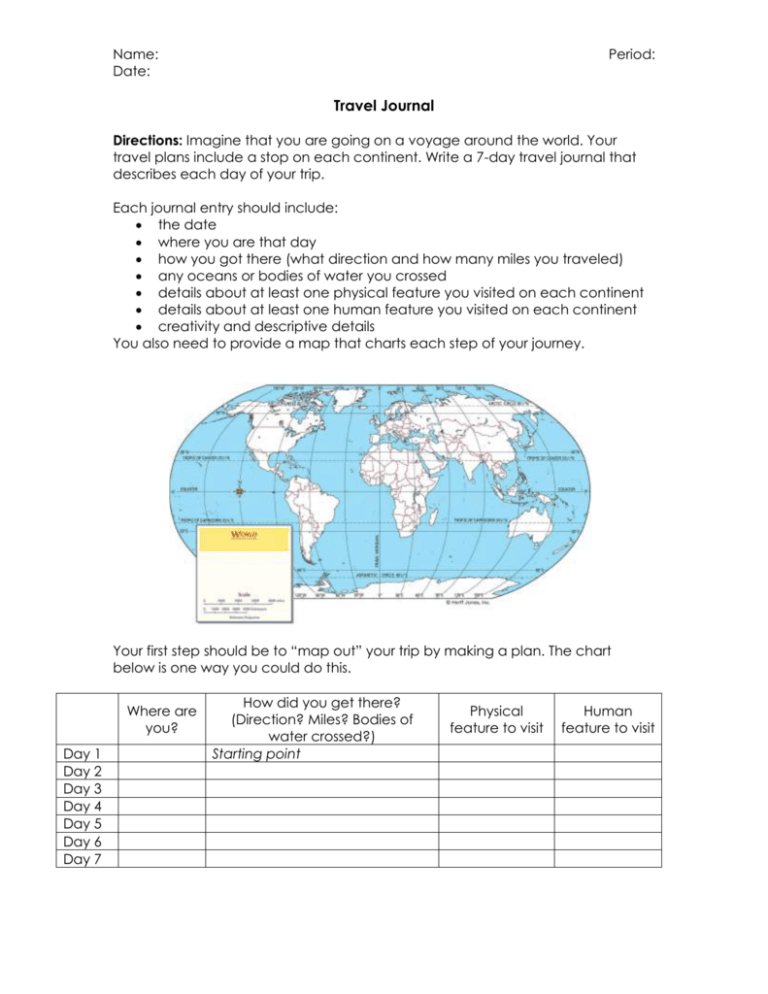
Name: Date: Period: Travel Journal Directions: Imagine that you are going on a voyage around the world. Your travel plans include a stop on each continent. Write a 7-day travel journal that describes each day of your trip. Each journal entry should include: the date where you are that day how you got there (what direction and how many miles you traveled) any oceans or bodies of water you crossed details about at least one physical feature you visited on each continent details about at least one human feature you visited on each continent creativity and descriptive details You also need to provide a map that charts each step of your journey. Your first step should be to “map out” your trip by making a plan. The chart below is one way you could do this. Where are you? Day 1 Day 2 Day 3 Day 4 Day 5 Day 6 Day 7 How did you get there? (Direction? Miles? Bodies of water crossed?) Starting point Physical feature to visit Human feature to visit Name: Date: Period: Travel Journal Grading Rubric Remember, each journal entry should include: the date where you are that day how you got there (what direction and how many miles you traveled) any oceans or bodies of water you crossed details about at least one physical feature you visited on each continent details about at least one human feature you visited on each continent creativity and descriptive details Don’t forget to provide a map that charts each step of your journey. Content 20 points Creativity 10 points Writing Conventions (spelling, grammar) 5 points Exceeds Standards (“A” quality) Some or all journal entries go beyond the minimum required elements listed above, and all information is accurate. Journal entries include a strong use of creative and/or descriptive details. They sound like authentic journal entries that a person would actually write on such a journey. Journal entries contain virtually no errors in spelling, grammar, or punctuation that distract the reader from the writing. Meets Standards (“B”/“C” quality) Each journal entry includes all required elements (see list above), and all information is accurate. Journal entries make an attempt to include creative and/or descriptive details. Journal entries contain just a few errors in spelling, grammar, or punctuation that distract the reader from the writing. Below Standards (“D”/“F” quality) Journal entries are missing some or many of the required elements (see list above), and/or not all information is accurate. Journal entries read like a list of facts, without much effort at creativity or descriptive details. Journal entries contain many errors in spelling, grammar, or punctuation that distract the reader from the writing. __ / 20 __ / 10 __ / 5 TOTAL __ / 35

